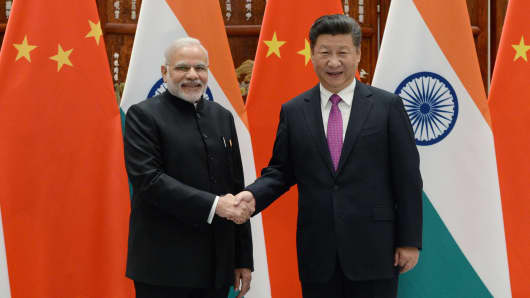by Todd C. Helmus, Elizabeth Bodine-Baron, Andrew Radin, Madeline Magnuson, Joshua Mendelsohn, William Marcellino, Andriy Bega, Zev Winkelman
Understanding Russian Propaganda in Eastern Europe
Research Questions
What is the scope of Russian social media campaigns?
What are the critical ingredients to countering these campaigns?
A RAND Corporation study examined Russian-language content on social media and the broader propaganda threat posed to the region of former Soviet states that include Estonia, Latvia, Lithuania, Ukraine, and, to a lesser extent, Moldova and Belarus. In addition to employing a state-funded multilingual television network, operating various Kremlin-supporting news websites, and working through several constellations of Russia-backed "civil society" organizations, Russia employs a sophisticated social media campaign that includes news tweets, nonattributed comments on web pages, troll and bot social media accounts, and fake hashtag and Twitter campaigns. Nowhere is this threat more tangible than in Ukraine, which has been an active propaganda battleground since the 2014 Ukrainian revolution. Other countries in the region look at Russia's actions and annexation of Crimea and recognize the need to pay careful attention to Russia's propaganda campaign.
 The Sino-Indian summit last week could be a new departure for neighbors who realize there is no alternative to constructive political, economic and security engagement. China and India are part of a Eurasian institution that can make that possible. Those two countries could soon become the key drivers of global demand and output. Trust is an economic variable sounded like an echo swirling around Wuhan's East Lake in China as President Xi Jinping was hosting last Friday and Saturday Indian Prime Minister Narendra Modi for an "informal," "heart-to-heart" summit.
The Sino-Indian summit last week could be a new departure for neighbors who realize there is no alternative to constructive political, economic and security engagement. China and India are part of a Eurasian institution that can make that possible. Those two countries could soon become the key drivers of global demand and output. Trust is an economic variable sounded like an echo swirling around Wuhan's East Lake in China as President Xi Jinping was hosting last Friday and Saturday Indian Prime Minister Narendra Modi for an "informal," "heart-to-heart" summit.







/arc-anglerfish-arc2-prod-mco.s3.amazonaws.com/public/D5J7OKMIEFG4DFAQ7MDZIVGMWQ.jpg)
/arc-anglerfish-arc2-prod-mco.s3.amazonaws.com/public/ECBHFYRMWFCM5P52QSCB3TUHF4.jpg)

